Our beautiful world – Oceania
Our world is made up of many unique, mysterious and beautiful places. For millions of years, nature has shaped the landscape around us and humans have settled adding magnificent architecture and beautiful art. In this article, we’ll explore some examples of this from Oceania. We have highlighted nine of the most special places on the continent.
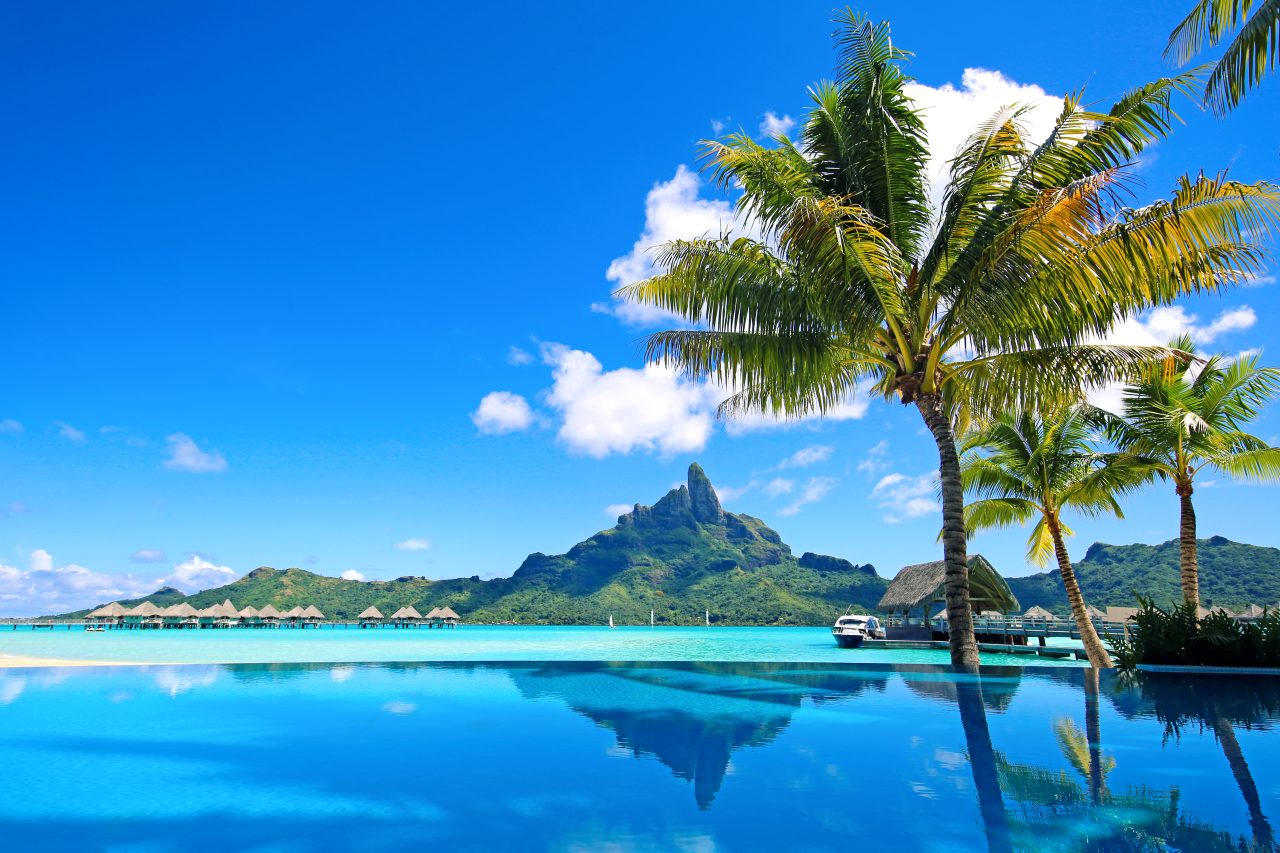
Bora Bora med palmetrær, blå himmel og blått hav.
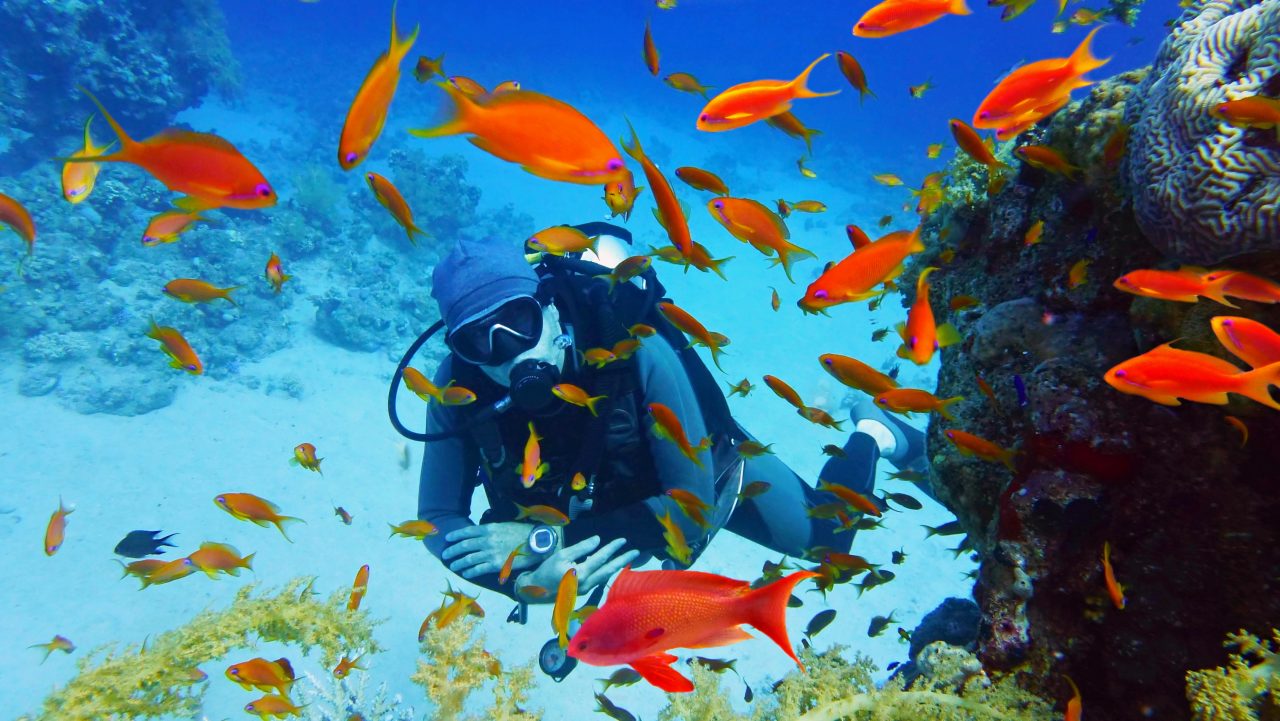
Mann dykker i korallrev med røde fisker rundt seg.
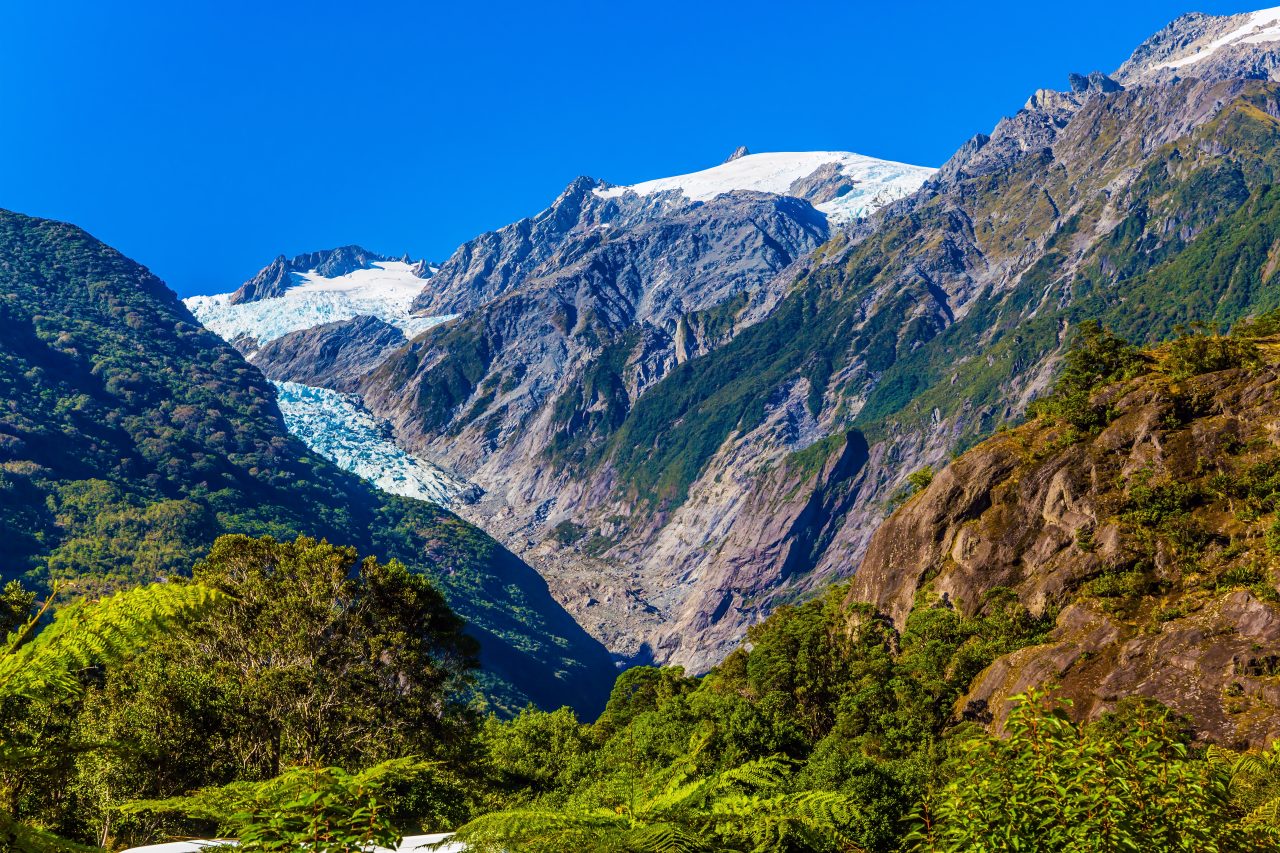
Franz Josef isbreen på New Zealand.
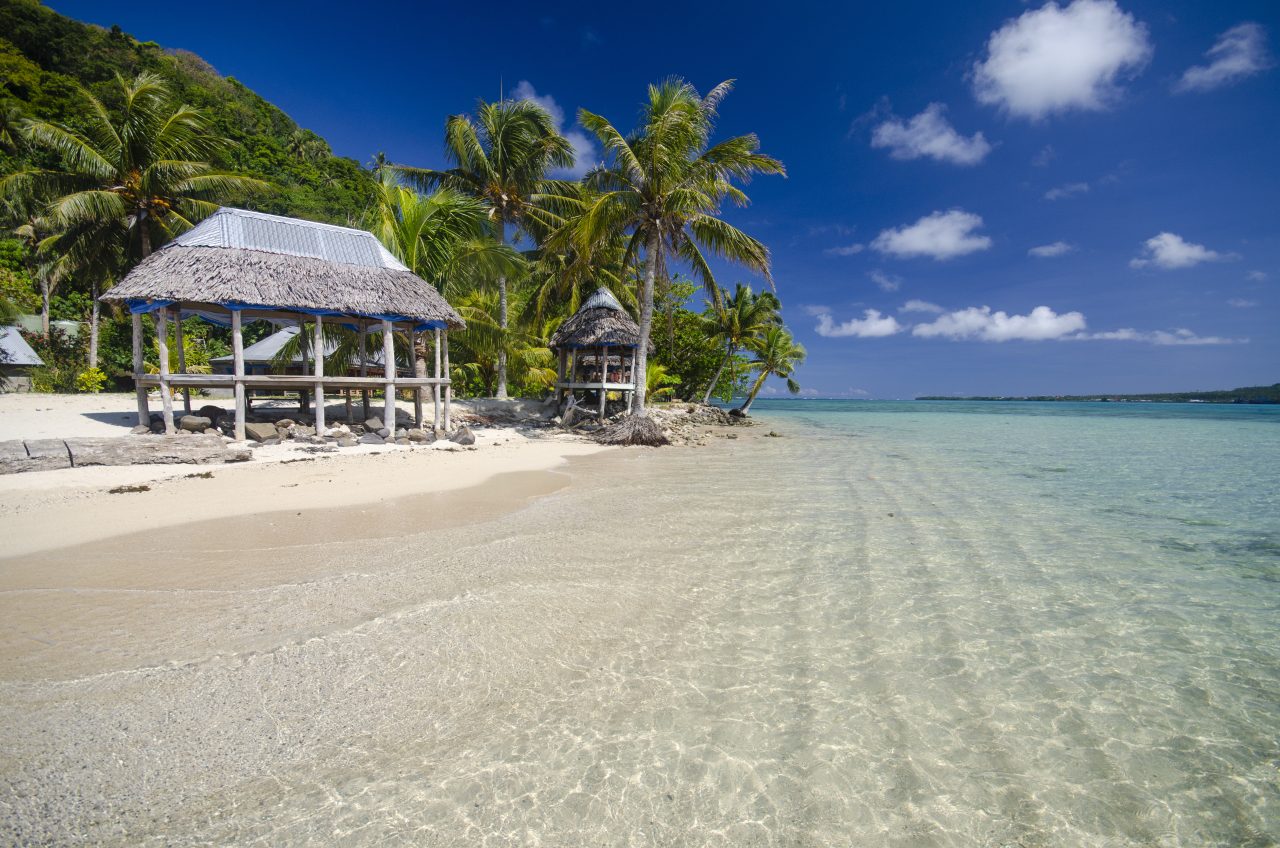
Strand på Samoa med tradisjonelt strandhus.
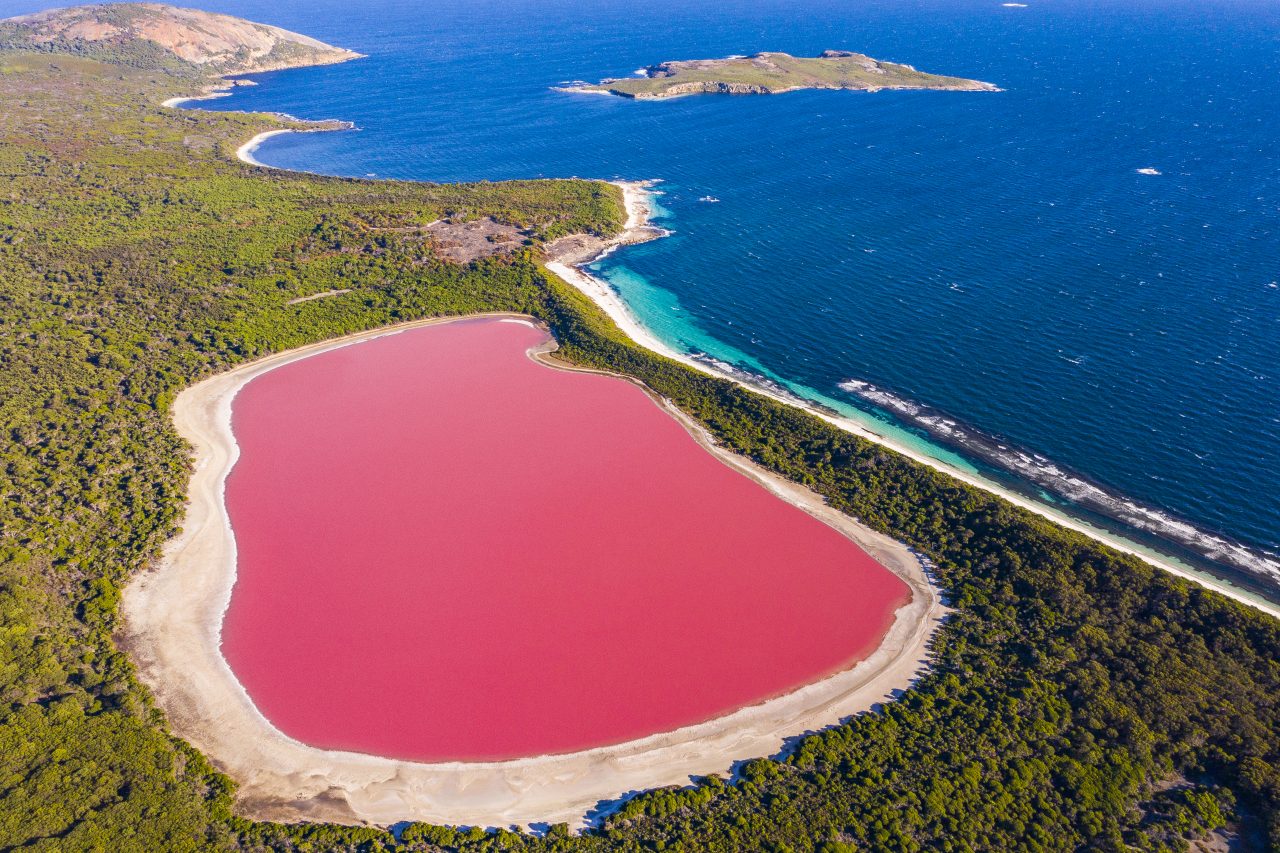
Lake Hillier i Australia med sitt rosa vann, ligger rett ved siden av Stillehavet som er knall blått.
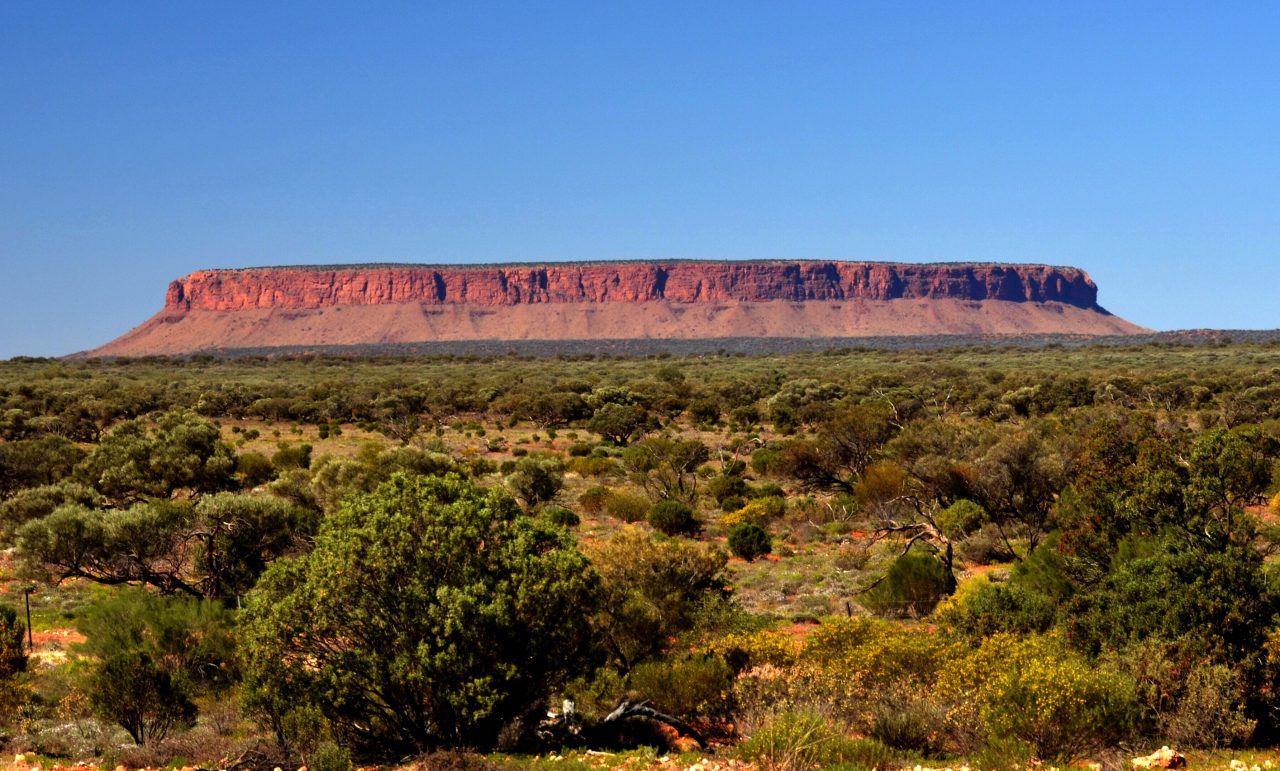
Det røde fjellet Mount Connor i Australia
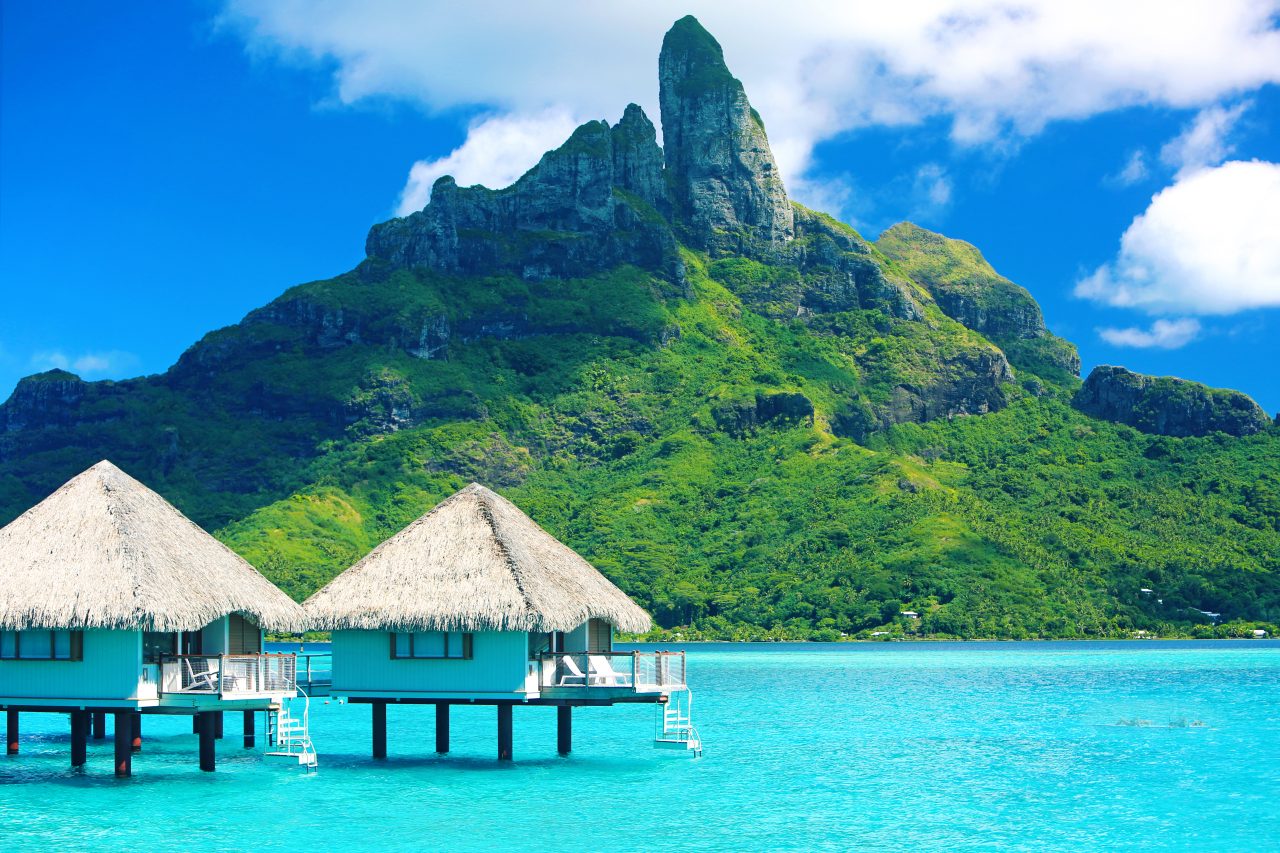
Bungalower i blått hav og et høyt frodig fjell på Tahiti.
Always a new place to travel to
What a world we live in! There are so many exciting and wonderful places to discover. The next time you decide to go travelling, you could choose to travel to a place you’ve never been before, and this way you always have a new destination in sight.
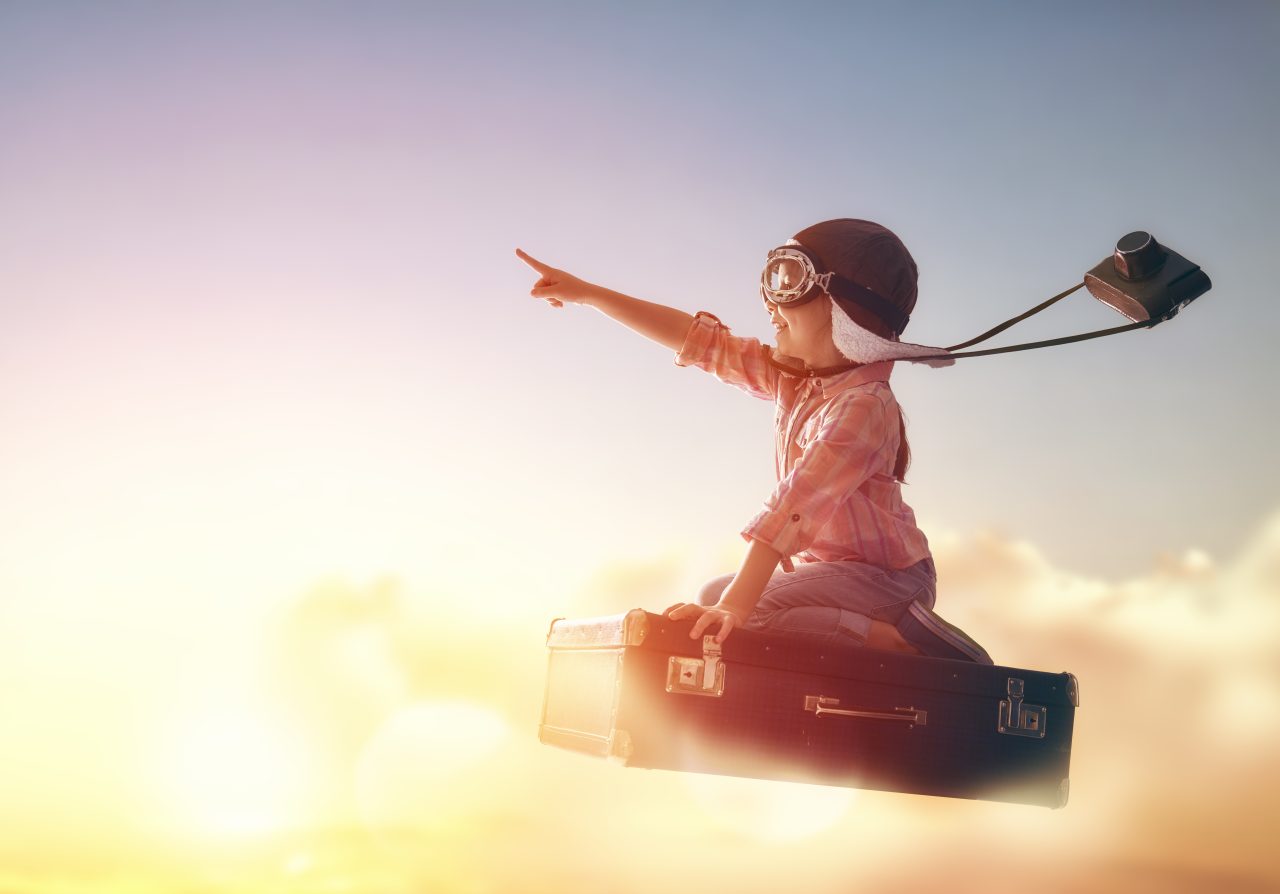
Et barn flyr på en koffert med soloppgang i bakgrunnen.
Sources:
- 101 steder du må oppleve (før du dør) (2020)
Orage Forlag AS
Image and video rights:
-
-
Getty Images
-
Getty Images
-
Getty Images
-
Getty Images
-
Getty Images
-
Getty Images
-
Getty Images
-
Getty Images
-
Getty Images
-
Getty Images
-
Getty Images
-


